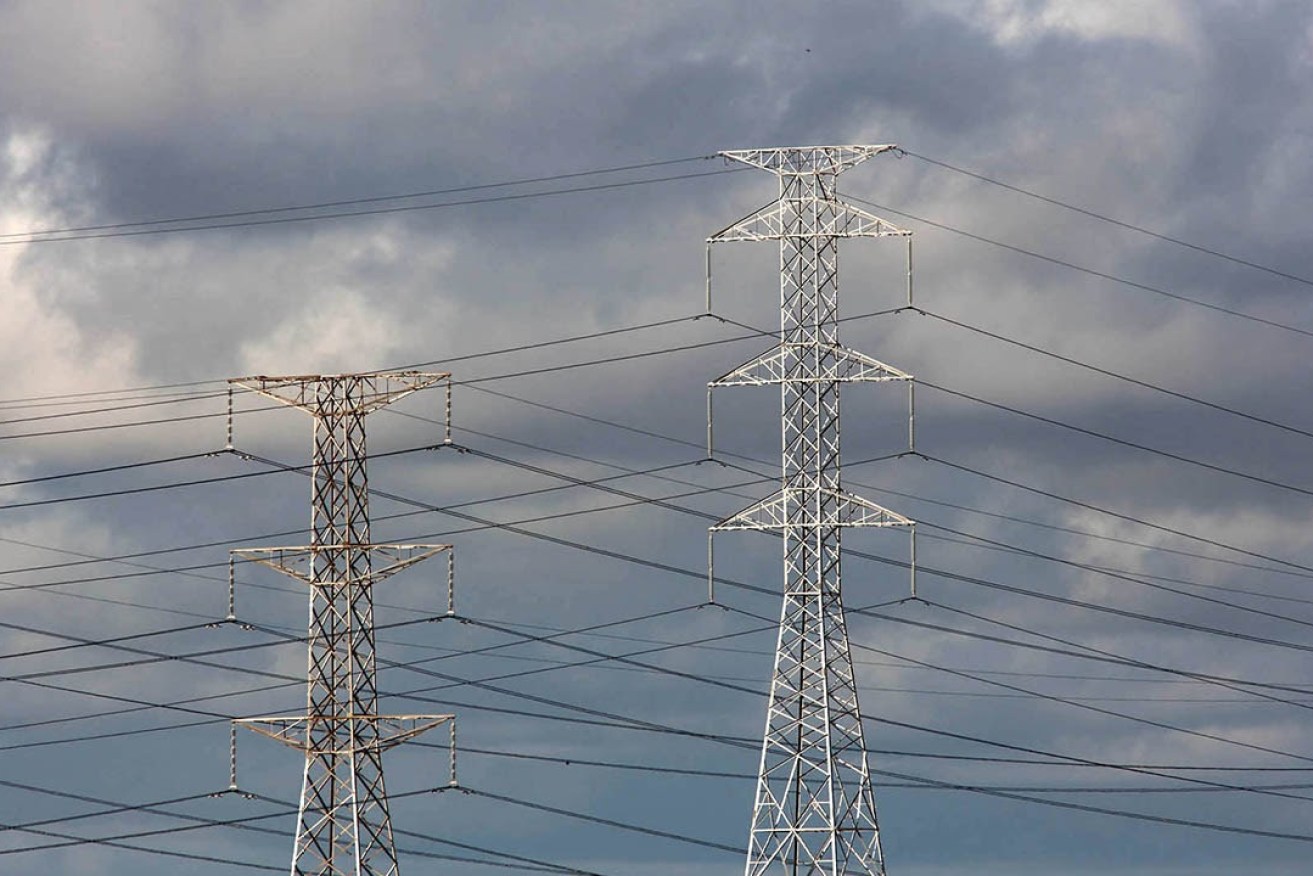Govt to work with SACOSS to assess electricity concessions
Energy Minister Dan van Holst Pellekaan says the State Government will assess concession schemes in place for electricity consumers as part of its plan to reduce the cost of power for South Australians.

Photo: Tony Lewis / InDaily
According to SACOSS, the current fixed-amount energy concession is inequitable and is not likely to adequately improve energy affordability in South Australia.
Eligible South Australians on low or fixed incomes are entitled to receive up to $223.01 to cover both electricity and gas payments for the 2018-19 financial year.
But SACOSS has argued a percentage-based electricity concession would make it easier for larger households to pay off their electricity bills.
The welfare group entered the March election calling on the political parties to support a percentage-based model, which it said would ensure that energy concession keeps pace with price changes.
Under a percentage-based scheme, households would be eligible for a concession relative to the size of their electricity bill rather than a flat rate for all households.
SACOSS CEO Ross Womersley said South Australia could adopt a similar scheme to that used in Victoria, which grants eligible customers a 17.5 per cent discount for household electricity usage and service costs.
“We know that there are some pensioner households, for example, that get the concession but have managed to invest in solar installations and so, depending on the size of those installations, they might be using actually a very limited amount of electricity on an ongoing basis,” Womersley said.
“Under a percentage arrangement, what would happen is that those households in a sense would be losers because they would still get the concession but the concession would only apply on the context of their usage – it’s much more likely that those households would have a reduced concession.
“On the other hand, a large household that had a high usage factor would typically only, no matter how much the household needed to use, have the maximum concession to use.
“They would get the (same) concession as well even though their usage might be 10 times the usage that the other household had.”
Womersley said a South Australian model could adopt a cap-off rate or introduce an excess electricity concession for households who use excessive power.
Under the Victorian scheme, an excess electricity concession is available for households with electricity bills over $2820.
“There’s no doubt that that would be a more preferable arrangement for the South Australian context,” Womersley said.
“Given that we continue to have some of the highest charges for electricity in the nation we think it is absolutely imperative, particularly on the back of the continuing issues that we have about unemployment and underemployment across the state.”
The call featured as one of the recommendations in the Australian Competition and Consumer Commission’s Retail Electricity Pricing Inquiry final report, published last week, which states concession schemes could be improved by incorporating a percentage discount to offset variable usage charges.
Womersley said he’d had conversations with the energy market operators who indicated that they were open to exploring the possibility of a percentage-based model in South Australia.
He also said he’d had “positive” conversations with van Holst Pellekaan on percentage-based models and the minister had been open to the idea.
In a statement to InDaily, van Holst Pellekaan said the State Government would “work with SACOSS to assess concession schemes in place for electricity consumers as part of its plans to reduce of power for South Australian households and businesses”.
Data from the Australian Energy Regulator shows the number of residential customer electricity disconnections in South Australia increased by about 130 per cent between 2009-10 and 2016-17.
It also shows the number of South Australian customers on hardship programs to help with electricity payments increased by about 78 per cent between June 2013 and June 2017, despite the total number dipping after 2016.
Shelter SA chief director Dr Alice Clark said the number of people telling her that their electricity had been disconnected had increased “dramatically” over the past year.
“One woman, she was saying she was homeless, living in a car, then she went to live in a share house where she had to put the bill in her name because the others had debts and they couldn’t get the connection,” Clark said.
“The others left and then she was left there not being able to pay the bill, her electricity was disconnected and she couldn’t cook, she couldn’t have lights, couldn’t heat hot water, there was no heating.
“When there was the blackout a couple of years ago everybody was freaking out that they couldn’t use electricity, but that was just temporary. For many people, this is a real problem that they face on a day-to-day basis.”
In its 2018-19 State Budget submission, SACOSS called for funding to be allocated to fulfil the Liberal Party’s energy-related election promises including a $100 million household storage subsidy scheme and a $50 million grid-scale storage fund.




